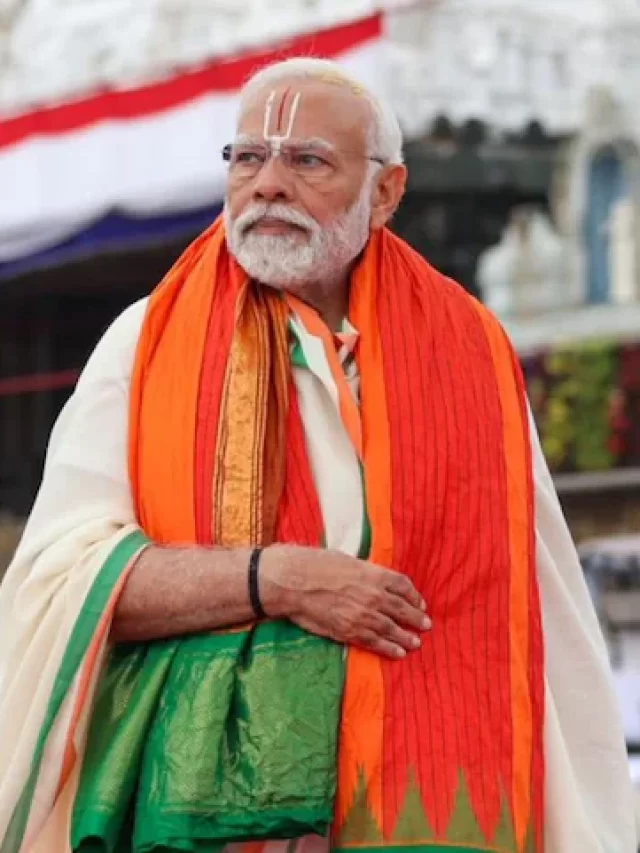The festival of Siddhidatri, celebrated on the ninth day of Navratri, marks the divine conclusion of this nine-day spiritual journey. Festival In Navratri Puja As the goddess who grants supernatural powers, spiritual wisdom, and ultimate liberation, Siddhidatri is worshipped with immense devotion and reverence. Her blessings bring peace, prosperity, and spiritual growth to those who seek her with a sincere heart.
By invoking Siddhidatri’s grace, devotees attain not only worldly success but also the higher knowledge that leads to the ultimate goal of life—spiritual liberation. The festival of Siddhidatri serves as a reminder of the transformative power of devotion, self-discipline, and the unwavering faith that can lead to the fulfillment of all desires, both material and spiritual.
Siddhidatri

According to Hindu mythology, Siddhidatri is the complete and ultimate form of Goddess Durga. She is believed to hold the power to grant all eight major siddhis, which include powers like anima (the ability to become infinitely small), mahima (the ability to grow infinitely large), garima (the ability to become incredibly heavy), and laghima (the ability to become weightless). Siddhidatri also blesses her devotees with wisdom, knowledge, and spiritual insight.
Siddhidatri is often depicted seated on a lotus flower, symbolizing divine perfection and purity. She is shown with four arms, holding a lotus, a mace, a discus, and a conch shell, representing various aspects of strength, purity, and protection. Her presence radiates a calm and blissful energy, representing the culmination of spiritual growth.
Significance of Siddhidatri in Navratri
Siddhidatri Devi is the embodiment of perfection and completeness. She is worshipped on Navami, the ninth day of Navratri, which marks the climax of the festival. Her blessings are sought for the attainment of both worldly desires and spiritual fulfillment. Siddhidatri symbolizes the culmination of the Navratri journey, where devotees complete their path toward spiritual awakening and divine consciousness.
The spiritual significance of Siddhidatri is vast. She is the goddess who, according to mythology, blessed even Lord Shiva, granting him the ability to possess both masculine and feminine energies. This led to the formation of Ardhanarishvara, a combined deity representing the fusion of both male and female powers. Worshipping Siddhidatri is believed to bring balance, harmony, and fulfillment to the lives of her devotees.
Rituals and Offerings
On the ninth day of Navratri, elaborate rituals are performed in honor of Siddhidatri Devi. Devotees wake up early to bathe and wear clean, white or yellow clothes, which symbolize purity and devotion. They offer flowers, fruits, and various sweets to the goddess, along with lighting oil lamps and incense to purify the environment.
Chanting of mantras, such as “Om Devi Siddhidatryai Namah,” is an essential part of the worship to invoke her divine presence and blessings. Many devotees also read from sacred texts, reciting stories of her grandeur and miracles. Meditation and contemplation are key spiritual practices on this day, as devotees focus on attaining inner peace and the removal of all obstacles from their path.
Kanya Puja (Kanjak Puja)
A special ritual associated with the ninth day of Navratri is Kanya Puja or Kanjak Puja, where young girls, symbolizing the nine forms of Goddess Durga, are worshipped. Devotees wash the feet of these girls, offer them food, and give them gifts as a mark of respect for the divine feminine energy they represent. This tradition reflects the cultural and spiritual significance of honoring the purity and strength of young girls as embodiments of the goddess.
Fasting and Spiritual Observance
Fasting is commonly observed by devotees during the worship of Siddhidatri. Many people opt for a complete fast, while others consume only fruits or light meals. This fasting is seen as an act of self-discipline, focusing the mind on spiritual practices, and seeking the goddess’s blessings for a pure and peaceful heart.
Spiritual practices such as meditation, prayer, and chanting are intensified on this day, as it is believed that the goddess is most responsive to sincere devotion on the final day of Navratri. Siddhidatri’s blessings are sought not only for material prosperity but also for spiritual liberation and enlightenment.
Celebration Across India
The worship of Siddhidatri during Navratri is observed with devotion and grandeur across various parts of India. Temples are beautifully decorated, and special pujas are held to honor the goddess. In northern India, the festival of Mahanavami, which marks the conclusion of Navratri, is celebrated with great fervor. Devotees gather in temples and homes to perform the final prayers, offering their gratitude for the blessings received throughout the festival.
In Gujarat and Maharashtra, grand Navratri celebrations include Garba and Dandiya Raas dances in the evenings, where communities come together to celebrate the power of the divine feminine. These dance forms are a symbolic tribute to the goddess and an expression of joy and devotion.
In West Bengal, Siddhidatri is worshipped as part of Durga Puja, where elaborate pandals are set up, and the goddess is honored with music, dance, and artistic displays. The ninth day of Navratri here leads to the grand immersion of the Durga idols in rivers, signifying the return of the goddess to her celestial abode.
Spiritual Lessons from Siddhidatri
Siddhidatri’s worship teaches devotees the importance of attaining balance, inner peace, and spiritual fulfillment. Her blessings grant not only material success but also the higher wisdom required for self-realization and liberation from worldly attachments. Siddhidatri encourages her devotees to pursue a path of righteousness and devotion, assuring them that with faith, all desires—both spiritual and material—can be fulfilled.
The ninth day of Navratri, dedicated to Siddhidatri, represents the culmination of the spiritual journey that began on the first day of the festival. It symbolizes the victory of good over evil, Google purity over impurity, and spiritual knowledge over ignorance. By worshipping Siddhidatri, devotees complete the process of self-transformation, emerging stronger, wiser, and spiritually enriched..
The festival of Siddhidatri is celebrated on the ninth and final day of Navratri, honoring the ninth form of Goddess Durga. Siddhidatri Devi is the goddess who bestows all forms of supernatural powers, or siddhis, to her devotees. The word “Siddhidatri” is derived from “Siddhi,” meaning spiritual powers or achievements, and “Datri,” meaning the giver. Worshipping her is believed to help devotees attain spiritual knowledge, success, and liberation from the cycle of life and death.



